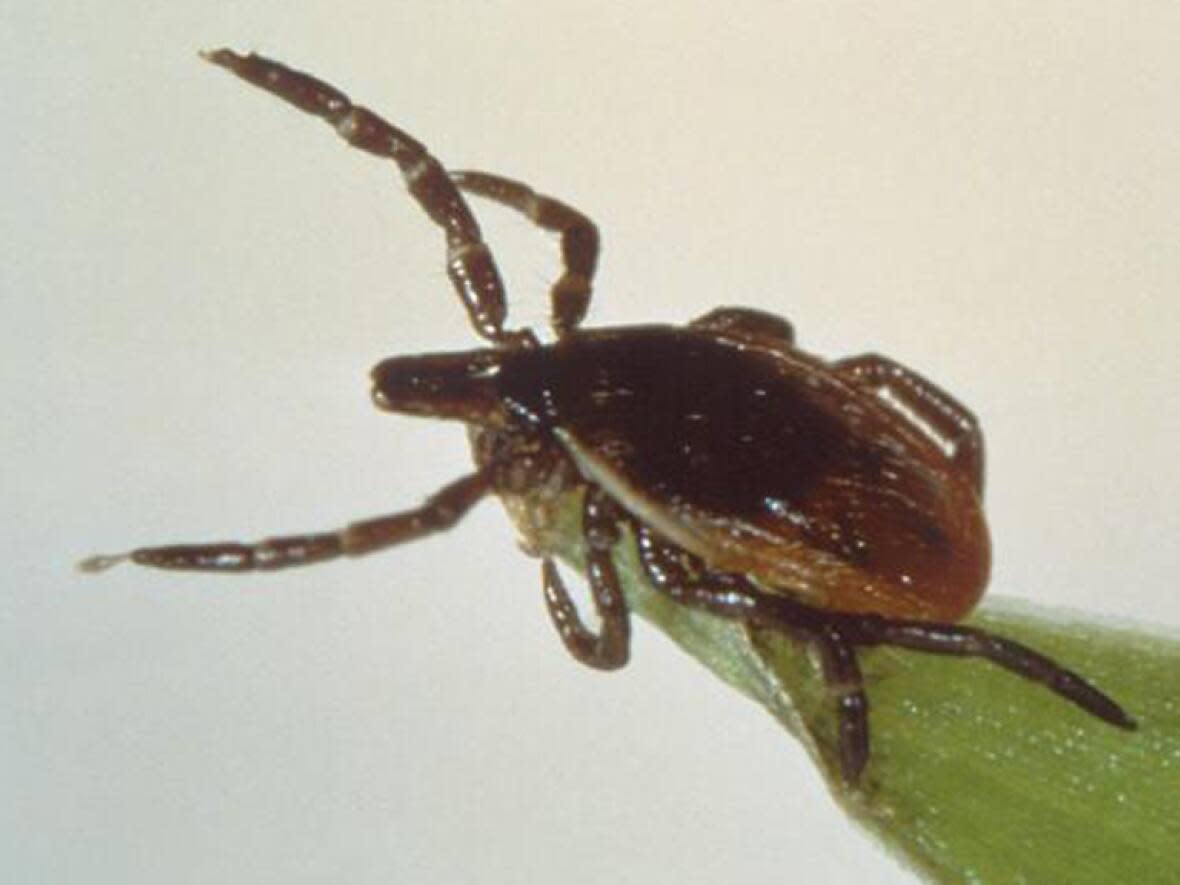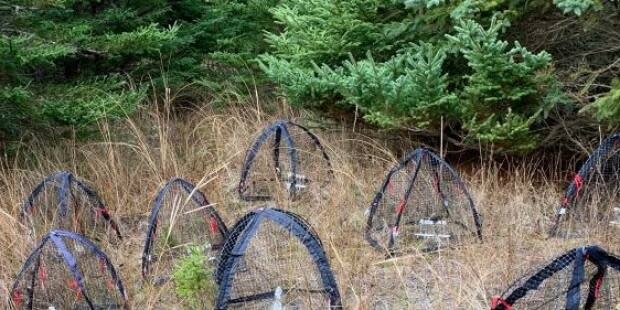Dead or alive: Ticks that survive the winter have something in common

Can ticks survive the winter? Well, one researcher said ticks are much tougher than you think.
"With our changing climate, turns out that that has allowed ticks to overwinter in places they never used to," said Shelley Adamo, a professor at Dalhousie University's department of psychology and neuroscience in Halifax.
"I'm from Nova Scotia [and] we've had a big increase in the last 20 years, but they're marching through New Brunswick as well."
But Adamo and her fellow researchers also found that blacklegged ticks carrying a specific type of bacteria were more likely to survive the winter.
It's called Borrelia burgdorferi, also known as the bacteria that causes Lyme disease.

It isn't yet known if the bacteria is actually what's helping the ticks to survive, said Adamo, but after each of the three winters of running tests, infected ticks were more likely to survive than those that were uninfected.
"What it does mean … is that once the ticks become active in the early spring, in March or April, they could have a greater risk of carrying the bacteria than even ticks later in the season."
She said that ticks become quite active when temperatures go above 2 C, so people should begin checking for ticks even before late spring.

Adamo's research group started by collecting ticks on Nova Scotia's south shore. Then, they put the ticks in little tubes, gave them some leaf litter and put the tubes in the ground with temperature monitors.
In early spring, the researchers checked the tubes to see how many had survived the winter. After that, they tested the DNA of all the ticks — dead and alive — to determine which ones were infected.
Increasing population
In the last 10 to 20 years, Adamo said tick populations have exploded, especially along the coast of New Brunswick.
And she said studies in Nova Scotia, New Brunswick and Maine have shown that blacklegged ticks, which are the ones that carry Lyme disease, are moving into the interior.
Adamo's group focused on adult females in their study. So if the Lyme-disease bacteria really is causing increased tick survival, she said, the tick population would increase even more.
"Every extra female that survives the winter can give another 3,000 ticks into the population," she said.
The researchers are now left with more questions. Adamo said she wants to know if the bacteria is directly responsible for the survival of ticks over the winter. She said the next steps would be to infect the ticks and see if the bacteria really is behind the increased survival.
"Then we can try to figure out what it is that the bacteria does to help the tick get through the winter."


